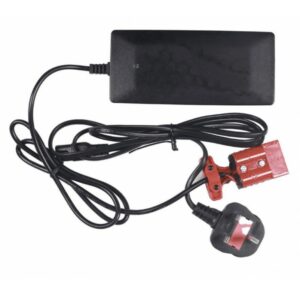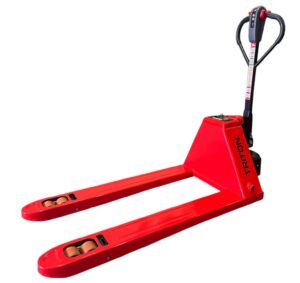When you’re running a busy warehouse, keeping operations running smoothly is crucial.
But efficiency shouldn’t come at the cost of employee safety.
Manual handling tasks, like lifting, carrying, and pushing, are a leading cause of workplace injuries. To prevent these injuries and ensure a healthy, productive workforce, proper staff training in safe manual handling techniques is essential.
Why should you train for safe manual handling?
The benefits of well-trained staff extend far beyond reducing injuries. Here’s why investing in manual handling training pays off:
- Reduced injury rates: Proper lifting techniques significantly decrease the risk of back pain, muscle strains, and other musculoskeletal disorders.
- Increased productivity: Trained employees can handle tasks more efficiently, minimising wasted time and effort.
- Improved morale: A safe work environment fosters a sense of well-being and boosts employee morale.
- Lower compensation costs: Fewer injuries translate to lower workers’ compensation claims, saving your company money.
How to build an effective training program
Here are some key elements to incorporate into your staff training program for safe and effective manual handling:
- Risk assessment: Train staff to assess the risks involved in any manual handling task. This includes considering the weight and shape of the load, the work environment, and their own physical capabilities.
- Proper lifting techniques: Educate staff on safe lifting techniques, such as keeping the load close to the body, bending at the knees, and using leg strength to lift.
- Teamwork: Emphasise the importance of teamwork for heavy or awkward loads. Train staff on how to communicate effectively and work together to safely manage such tasks.
- Manual handling equipment: Train staff on the proper use of mechanical aids like forklifts, pallet jacks, and lifting straps. This reduces the strain on the body and increases efficiency.
Making your training engaging and repetitive
Traditional classroom-style training can be dry and forgettable, so try and make it a bit more memorable so your staff actually pay attention and implement what you’re teaching them.
Here are some ways to make your training program engaging and effective:
- Incorporate interactive sessions: Incorporate interactive activities like demonstrations, role-playing scenarios, and practical exercises. This allows staff to practice safe techniques and ask questions.
- Use plenty of visual aids: Use visuals like videos, diagrams, and posters to reinforce key learning points.
- Schedule regular refresher courses: Schedule regular refresher courses to ensure staff retain important information and address any bad habits that may develop.
Conclusion
Investing in staff training for safe and effective manual handling is a win-win situation for both your employees and your business.
By prioritising safety and equipping your staff with the right knowledge and skills, you can create a more productive and healthy work environment, leading to long-term success.
Remember, a well-trained workforce is a valuable asset, and their safety should always be a top priority.
























